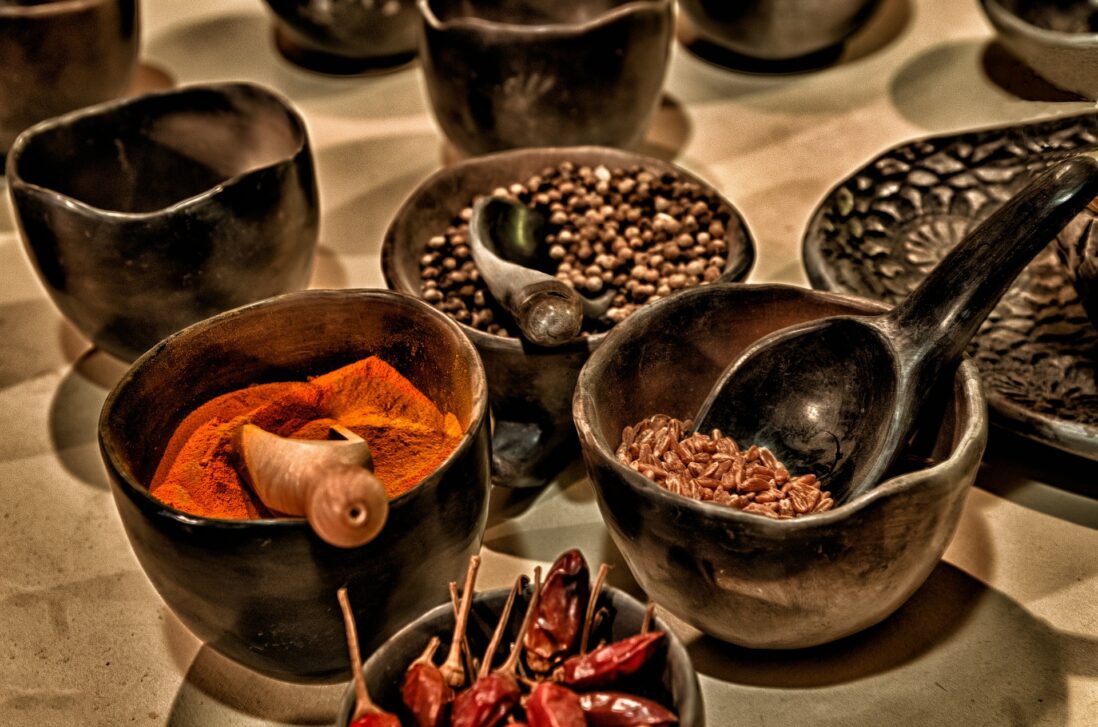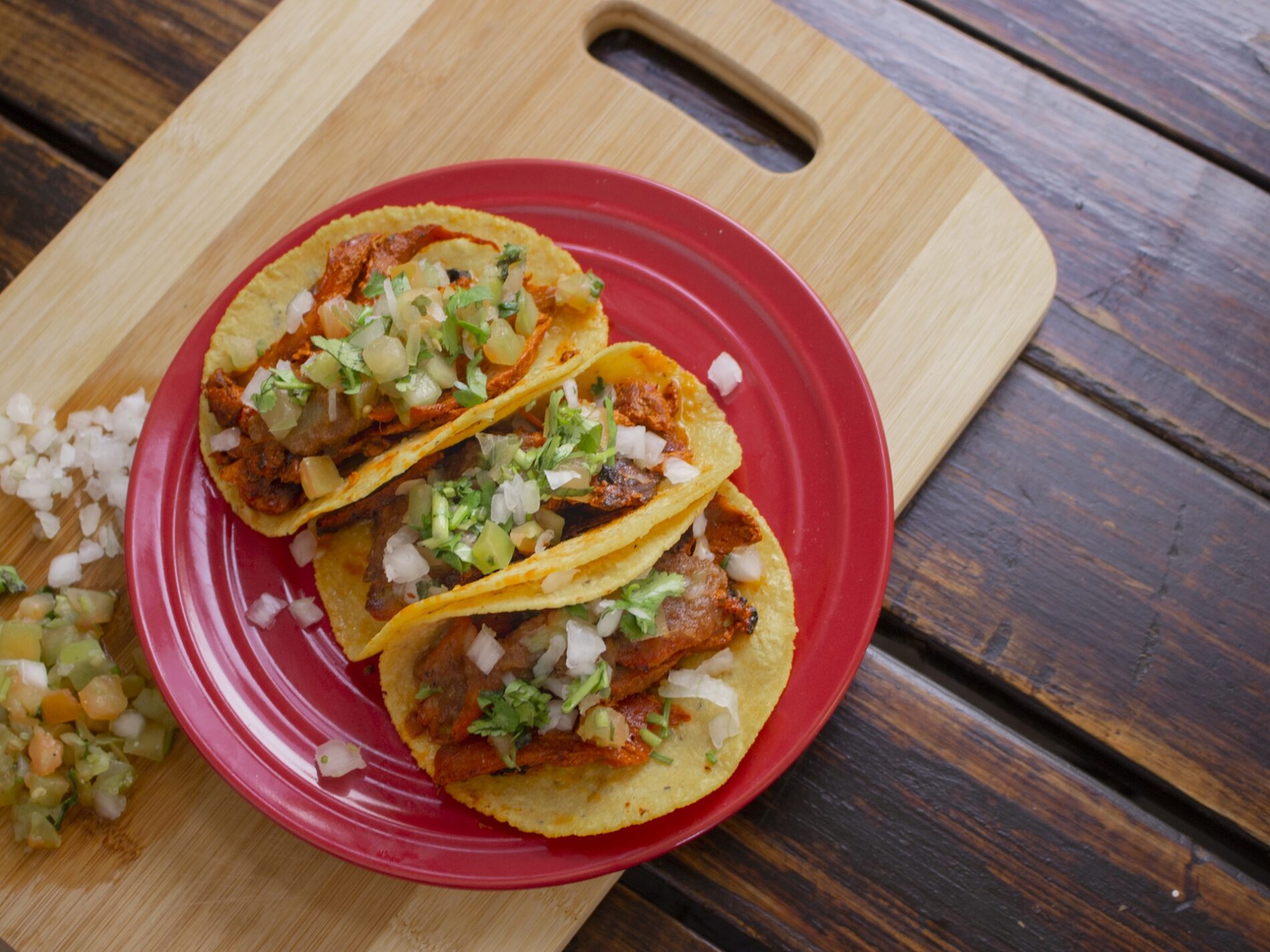Mexican cuisine is a wealth of traditions that strongly influence the flavors of the dishes that prevail in this region. Openness, colors, smells, a celebration not only of holidays but of all life…These are the characteristic features of the population living in Mexico, which is now mixing with the influences of European culture. The country is known all over the world not only for its characteristic hat – a sombrero but above all for what Mexican cuisine has to offer.

8 Facts About Mexican Cuisine
Mexican cuisine has become noticeably more popular lately. Corn, beans, and peppers are symbols of Mexico that immediately bring to mind the cuisine from the region. But in fact, Mexican cuisine has given the world a lot more. Thanks to it, we know potatoes, pumpkins, sweet potatoes, avocados.
There are three main culinary destinations: Central, South, and North. Central Mexico’s cuisine is divided into an additional 4 groups. Although in general, Mexico can be simply described as a country of spicy dishes based mainly on a specific group of vegetables.
Northern Mexican Cuisine. Despite the harsh climate, Mexicans raise livestock in the north and grow plants. The dishes here are delicate and quite simple, and dairy products are widely used. The cuisine of the north is considered the least glamorous.
Southern Mexico Cuisine has a large number of fish, seafood, and exotic fruits. In addition, dishes are prepared with rather unusual ingredients – from ant eggs, grasshoppers or spiders.
Central Mexican cuisine is the richest in terms of ingredients and cooking methods. The fertile soil produces fruits and vegetables, and seafood often appears on tables.
What other facts make it different from other cuisines of the world? Let’s take a look!
- In 2010, Mexican cuisine was included in the UNESCO World Heritage List. It was recognized as a unique synthesis of the thousand-year-old traditions of Mesoamerican Indian cuisine with a vibrant medieval Spanish cuisine. Every time you eat a tortilla, you are eating exactly the same dish as the disappeared Mayan Indians.
- The first Indians were vegetarians. Supposedly, they did not know the taste of beef or pork. The subsequent influx of Spaniards directed Mexican cuisine into two periods: Lent and the time when you can eat almost anything. These Indians are also known as the People of the Corn.
- The Spanish conquistadors were not linguists-researchers, and they simply gave new, familiar to the modern ear, names for traditional Indian dishes: tortilla, cocoa, chili. Some of the dishes have retained their ancient names: tacos, chipotle, guacamole.
- Burritos and chimichanga are the Mexican counterparts of the Arabian kebab, the look of which the Spaniards borrowed from the Moors. And then the conquistadors began to wrap everything in an Indian tortilla in this manner: meat, beans, vegetables, avocados, rice, and cheese. By the way, it did not delight the local tribes at all, accustomed to respectfully treating yellow cakes as a symbol of the sun, made from corn sent by the gods.
- The famous nachos are a very modern (by the standards of cooking) dish. It was invented by the owner of the frontier restaurant Modern Ignacio Nacho Anaya in 1943. Thus, he found the original use of a dried tortilla, when at night, after the closure of the restaurant, the angry wives of hungry American soldiers who had just been quartered in the town broke into it. He called his impromptu Special dish from Nacho.
- There are 11 types of taco toppings and 5 cooking options. It gives us 55 types of this simple dish, and that’s if you don’t combine the fillings. If you take a tortilla, fold it in half and fry it until crisp, and put the stewed lamb in the resulting envelope, you can boast to everyone that you have prepared tacos poblados de barbacoa.
- Central American Indians were fashionable baristas even when Europeans were wearing skins. The cocoa whisk has been popular in today’s Mexico for thousands of years. Now, the Spaniards call it Molinillo.
- The most popular street food in Mesoamerica is chicken with rice and beans. It costs less than a dollar in any city that is to the south of Texas. It is hearty, tasty, and easy to cook. All these characteristics allow the inhabitants of cities in Mexico not to cook at home.
In Mexico, culinary culture is often combined with fun. Various types of celebrations and events are an opportunity to have fun, eat and spend time with family and friends.



